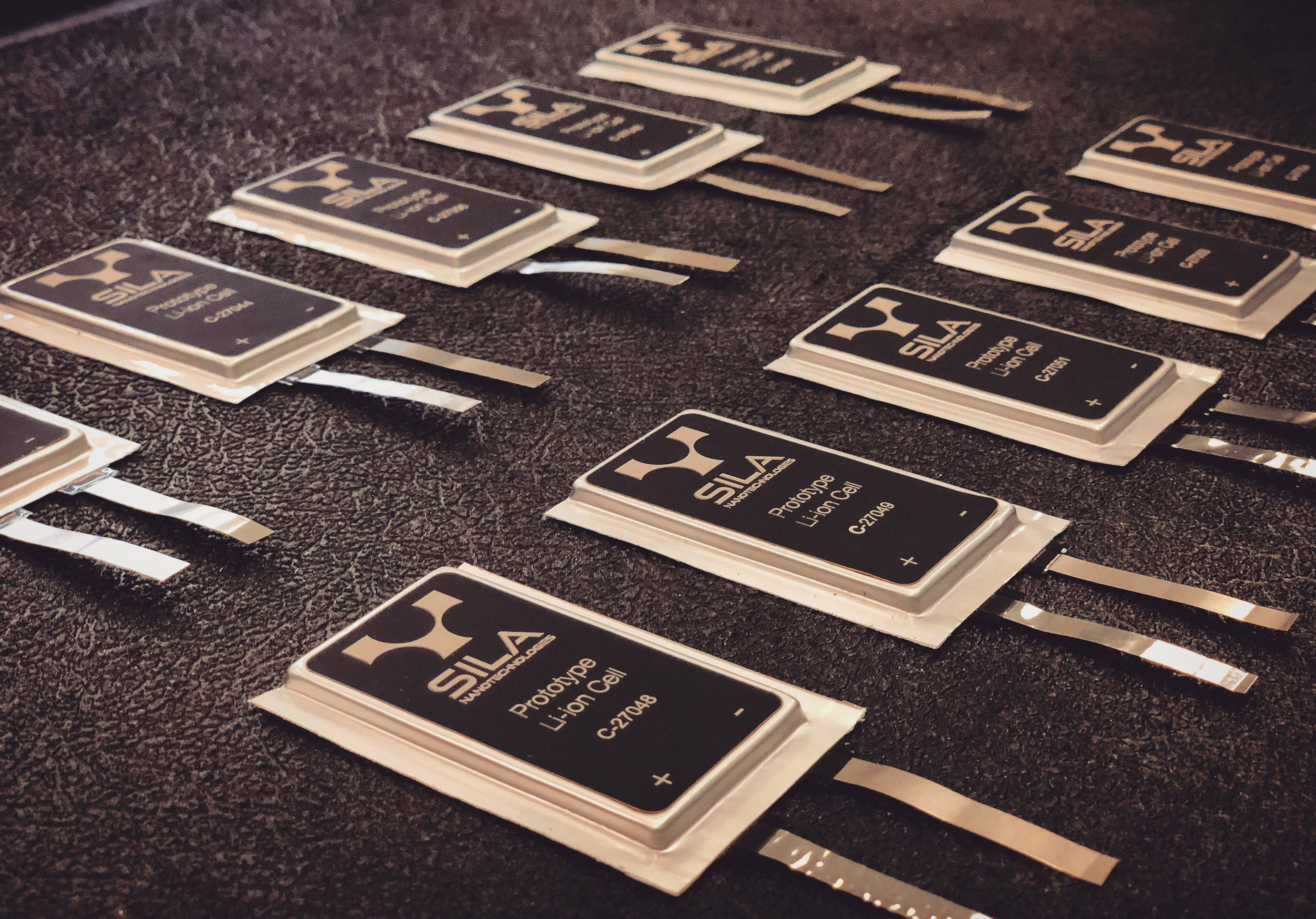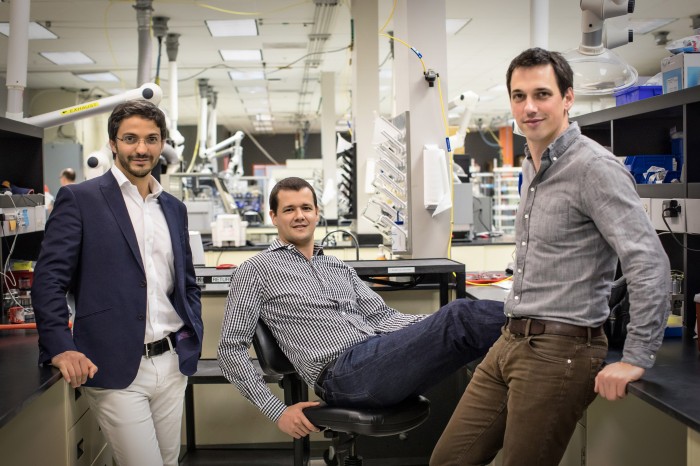This battery advance could make electric vehicles far cheaper

For the last seven years, a startup based in Alameda, California, has quietly worked on a novel anode material that promises to significantly boost the performance of lithium-ion batteries.
Sila Nanotechnologies emerged from stealth mode last month, partnering with BMW to put the company's silicon-based anode materials in at least some of the German automaker’s electric vehicles by 2023. A BMW spokesman told the Wall Street Journal the company expects that the deal will lead to a 10 to 15 percent increase in the amount of energy you can pack into a battery cell of a given volume. Sila’s CEO Gene Berdichevsky says the materials could eventually produce as much as a 40 percent improvement (see “35 Innovators Under 35: Gene Berdichevsky”).
For EVs, an increase in so-called energy density either significantly extends the mileage range possible on a single charge or decreases the cost of the batteries needed to reach standard ranges. For consumer gadgets, it could alleviate the frustration of cell phones that can’t make it through the day, or it might enable power-hungry next-generation features like bigger cameras or ultrafast 5G networks.
Researchers have spent decades working to advance the capabilities of lithium-ion batteries, but those gains usually only come a few percentage points at a time. So how did Sila Nanotechnologies make such a big leap?
Berdichevsky, who was employee number seven at Tesla, and CTO Gleb Yushin, a professor of materials science at the Georgia Institute of Technology, recently provided a deeper explanation of the battery technology in an interview with MIT Technology Review.

An anode is the battery’s negative electrode, which in this case stores lithium ions when a battery is charged. Engineers have long believed that silicon holds great potential as an anode material for a simple reason: it can bond with 25 times more lithium ions than graphite, the main material used in lithium-ion batteries today.
But this comes with a big catch. When silicon accommodates that many lithium ions, its volume expands, stressing the material in a way that tends to make it crumble during charging. That swelling also triggers electrochemical side reactions that reduce battery performance.
In 2010, Yushin coauthored a scientific paper that identified a method for producing rigid silicon-based nanoparticles that are internally porous enough to accommodate significant volume changes. He teamed up with Berdichevsky and another former Tesla battery engineer, Alex Jacobs, to form Sila the following year.
The company has been working to commercialize that basic concept ever since, developing, producing, and testing tens of thousands of different varieties of increasingly sophisticated anode nanoparticles. It figured out ways to alter the internal structure to prevent the battery electrolyte from seeping into the particles, and it achieved dozens of incremental gains in energy density that ultimately added up to an improvement of about 20 percent over the best existing technology.
Ultimately, Sila created a robust, micrometer-size spherical particle with a porous core, which directs much of the swelling within the internal structure. The outside of the particle doesn’t change shape or size during charging, ensuring otherwise normal performance and cycle life.
The resulting composite anode powders work as a drop-in material for existing manufacturers of lithium-ion cells.
With any new battery technology, it takes at least five years to work through the automotive industry’s quality and safety assurance processes—hence the 2023 timeline with BMW. But Sila is on a faster track with consumer electronics, where it expects to see products carrying its battery materials on shelves early next year.
Venkat Viswanathan, a mechanical engineer at Carnegie Mellon, says Sila is “making great progress.” But he cautions that gains in one battery metric often come at the expense of others—like safety, charging time, or cycle life—and that what works in the lab doesn’t always translate perfectly into end products.
Companies including Enovix and Enevate are also developing silicon-dominant anode materials. Meanwhile, other businesses are pursuing entirely different routes to higher-capacity storage, notably including solid-state batteries. These use materials such as glass, ceramics, or polymers to replace liquid electrolytes, which help carry lithium ions between the cathode and anode.
BMW has also partnered with Solid Power, a spinout from the University of Colorado Boulder, which claims that its solid-state technology relying on lithium-metal anodes can store two to three times more energy than traditional lithium-ion batteries. Meanwhile, Ionic Materials, which recently raised $65 million from Dyson and others, has developed a solid polymer electrolyte that it claims will enable safer, cheaper batteries that can operate at room temperature and will also work with lithium metal.
Some battery experts believe that solid-state technology ultimately promises bigger gains in energy density, if researchers can surmount some large remaining technical obstacles.
But Berdichevsky stresses that Sila’s materials are ready for products now and, unlike solid-state lithium-metal batteries, don’t require any expensive equipment upgrades on the part of battery manufacturers.
As the company develops additional ways to limit volume change in the silicon-based particles, Berdichevsky and Yushin believe they’ll be able to extend energy density further, while also improving charging times and total cycle life.
This story was updated to clarify that Samsung didn't invest in Ionic Material's most recent funding round.
Deep Dive
Climate change and energy
The problem with plug-in hybrids? Their drivers.
Plug-in hybrids are often sold as a transition to EVs, but new data from Europe shows we’re still underestimating the emissions they produce.
Harvard has halted its long-planned atmospheric geoengineering experiment
The decision follows years of controversy and the departure of one of the program’s key researchers.
Why hydrogen is losing the race to power cleaner cars
Batteries are dominating zero-emissions vehicles, and the fuel has better uses elsewhere.
Decarbonizing production of energy is a quick win
Clean technologies, including carbon management platforms, enable the global energy industry to play a crucial role in the transition to net zero.
Stay connected
Get the latest updates from
MIT Technology Review
Discover special offers, top stories, upcoming events, and more.